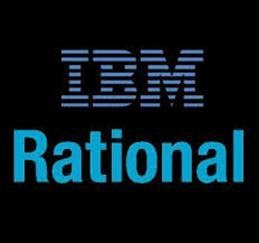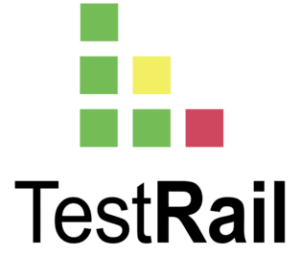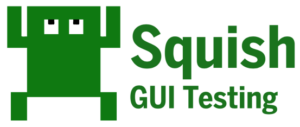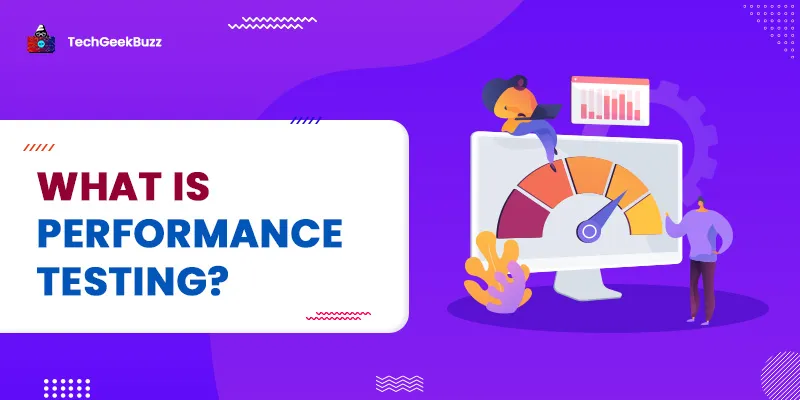Software testing is a crucial part of software development. With software testing, we ensure that a particular software product is free from any defects and works as expected. Today, there are several tools available that facilitate the process of software testing and come in handy for developing defect-free software.
However, with plenty of software testing tools available out there, it becomes challenging to find the right one for your project. Also, it is essential to use an appropriate software testing tool that reduces your efforts, and at the same time makes the testing process more efficient. If you are searching for a software testing tool that is suitable for your project, you have come to the right place.
Here, we have curated a list of the top 10 software testing tools that can help you test your software product effectively. Also, we have provided a brief description and highlighted the key features, pros, and cons of each tool to help you choose the one that best meets your needs. So, let’s have a brief look at the top 10 software testing tools that can deliver exceptional results.
Best Software Testing Tools
1. Xray

This tool is the number one manual and automated testing tool because it has some great features. It is a fully-featured software testing tool that combines with Jira to assist companies in enhancing the quality of their software products through active and practical testing. It has appropriate traceability between terms, tests, bugs, and performances.
Features of X-Ray
- Create tests in folders and test sets
- Test plans for tracking process
- Test environments
- Built-in REST API
Pros
- Supports CI integrations (Bamboo, Jenkins)
- Built-in report feature
- It can integrate with test automation frameworks
- Great durability and performance
Cons
- Proficiency is required
- Test maintenance is costly
2. Testpad

Testpad is a straightforward and accessible standard testing tool that prioritizes pragmatism. It applies checklist-inspired test plans, instead of handling cases one at a time. Hence it can adapt to a wide variety of styles, including the standard view of Agile, exploratory testing, syntax-highlighted BDD, and even general test case administration.
Features of Testpad
- Drag and drop interface to organize test plans with ease
- Guest testers can be invited by email
- Easy to use by non-testers
- Supports integration with issue trackers, including JIRA
Pros
- Testpad can perform several tests simultaneously
- Time and cost-saving
- Software testing can be performed on different configurations
- Helps to ensure the test consistency
Cons
- A bit expensive
- Some tests should be performed manually
3. PractiTest

PractiTest is an end-to-end test administration tool that also acts as a meeting ground for QA and stakeholders because it provides complete clarity into the testing process and the testing results. This software testing tool is unique because it reuses tests and compares results across many releases and products.
Features of PractiTest
- Unique hierarchical filter trees make it easy to create tests and find anything quickly.
- Anti-bug duplicates and permutations
- It allows you to visualize data with excellent dashboards
- Active professional and methodological support
Pros
- PractiTest supports integration with Jira.
- It offers automation integration.
- It supports Kanban boards and smart filters.
Cons
- It has performance issues in some cases
4. TestMonitor

It is an end-to-end test management tool that can be beneficial for every organization. It offers a simple, intuitive approach to testing and consists of an advanced test case design, which is capable of supporting thousands of cases. Moreover, it provides robust planning tools with multi-tester runs and milestone cloning.
Features of TestMonitor
- Requirement and risk-based testing
- Comprehensive result tracking
- Combined issue management
- Revolutionary and simple UI
- Professional assistance with fast response time
Pros
- It facilitates audit management and document control.
- You can use it to track defects in software.
- It supports risk management and supplier quality control.
Cons
- Misses workflow management
5. IBM Rational Quality Manager

IBM Rational Quality Manager is a popular testing tool that allows you to plan, execute, and manage tests. It is a great choice for QA professionals to manage projects effectively. Apart from software testing, this tool is also useful for:
- Tracking online test management
- Maintaining an online library
- Customer releases
- Tracking engineering releases
Features of IBM Rational Quality Manager
- Extensive test planning
- Test script construction and reuse
- Excellent team collaboration
- Lab management
- Web application security
- Configuration management
Pros
- It is part of the Rational CLM suite.
- It can be combined with IBM Rational automation.
- IBM Relational Quality Manager provides an excellent way to manage multiple test execution cycles.
Cons
- It does not provide any functionality for defect logging.
- It does not provide built-in functionality for requirements.
- There is no query producer.
6. HeadSpin

HeadSpin is the world's first Connected Intelligence Platform, and it offers web, mobile, and IoT solutions. This software testing tool helps to combine testing, monitoring, and analytics across applications, devices, and networks. HeadSpin is a useful tool for development, operations, QA, and product teams. It can help you test software applications thoroughly to minimize the occurrence of any defects.
Features of HeadSpin
- Remote debugging
- 500+ parallel tests
- Regression testing
- Automation testing
Pros
- It has access to almost 300+ devices with over 30+ countries on the shared device cloud.
- Supports localization testing.
- Facilitates debugging and code profiling.
Cons
- There are some performance issues.
7. TestRail

TestRail is one of the best tools for customizable, scalable, and web-based test case management. You can start using it instantly as it is a cloud-based/SaaS solution. Also, you can install TestRail on your server. This software testing tool supports integration with several other tools, including JIRA, Jenkins, Bugzilla, CI/CD/DevOps pipeline, and TFS.
Features of TestRail
- It can control manual and automated test cases efficiently.
- Users can get real-time insights into the testing process.
- Boost performance with events, individual to-do lists, and email notifications.
- Support for Docker containers.
- Document test queries with expected results and screenshots.
Pros
- Offers comprehensive test reporting.
- It provides an overview of the executed tests in real-time.
- Allows mapping from bugs and failures directly to tests.
- It is secure to execute test steps in TestRail.
Cons
- Automated tests and manual test cases need to keep in sync.
- You need to design and implement both manual and automated test cases.
8. Parasoft Selenic

Parasoft Selenic benefits various companies by facilitating automation testing. It increases the security of Selenium tests, provides AI-powered recommendations post-execution, and gives self-healing at runtime. It also enables UI automation testing with smart test creation. Also, Parasoft Selenic works straight with your current Selenium tests.
Features of Parasoft Selenic
- Self-healing at runtime.
- It generates Selenium test suites with the Page Object Model.
- Optimize test performance with Test Impact Analysis.
- Cross-correlating test performance.
Pros
- Smart recorder makes it easy to create Selenium tests that use the page object model.
- Integrates directly into your CI/CD pipeline.
- It provides customer support at every level.
Cons
- No free version.
- The product is comparatively new.
9. Squish

It is a GUI test automation tool used by more than 3000 companies. It can automate regression tests, along with Human Machine Interfaces (HMIs) tests and GUI system tests. While it is a graphical user interface (GUI) testing tool, it also comes with complete cross-platform testing capabilities. Majorly, it supports nearly all types of platforms, including desktop, mobile, web, and embedded systems.
Features of Squish
- Full support for all test script recordings.
- Users can control it via command-line tools.
- Supports Behavior Driven Development (BDD).
- Comes with a robust integrated development environment.
- In-depth support for all significant GUI technologies.
Pros
- Efficient testing
- Reusability and upgradation
- Unique programmability
- Simulation of user environment
Cons
- Debugging test scripts is a major issue.
- Maintenance of test data files is difficult.
10. Ranorex

Ranorex Studio is a GUI test automation structure developed by Ranorex GmbH, which is a software development company. This tool is used by over 14,000 users worldwide to streamline and make their testing process more efficient. Moreover, it is an all-in-one tool for cross-platform test automation.
Features of Ranorex
- Supports cross-browser testing
- Built-in reporting
- Run tests in parallel or distribute on a Selenium Grid
- Reusable code modules and shareable object repository
Pros
- Multiplatform Application
- Codeless test creation
- Easy to learn and use
- Built-in image comparison
- Facilitates effective team collaboration
Cons
- Paid license
- Only a few supported languages
- No macOS support
- Small community
- Releases are not stable
Conclusion
In this article, we have discussed some of the best software testing tools that you can leverage to test software efficiently. Every tool has its own set of features, pros, and cons, and you need to consider them so that it becomes easy for you to choose the best one that suits your requirements. If you have any queries or suggestions, or if you want to share some software tool that you think should be on this list, you can do so by leaving a comment below.
People are also reading:



![What is Waterfall Model? [Phases, Pros, & Cons]](/media/new_post_images/Waterfall_Model.webp)

Leave a Comment on this Post